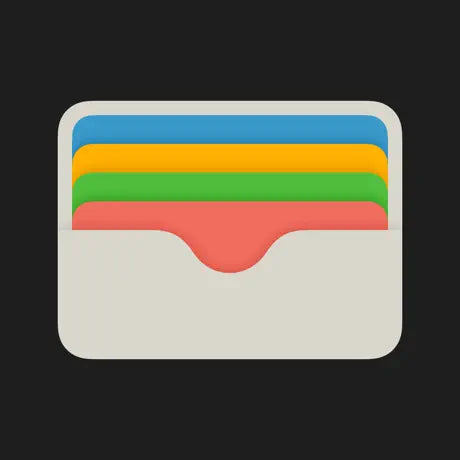
The Ubiquitous QR Code: A Modern Marvel of Convenience
← Back to BlogsThe Ubiquitous QR Code: A Modern Marvel of Convenience
In today's fast-paced digital world, quick and efficient access to information is paramount. Enter the QR code: a small, square marvel that has revolutionized the way we interact with digital content. These black-and-white squares have become a ubiquitous presence in our daily lives, offering a seamless bridge between the physical and digital realms. But what exactly are QR codes, and how have they become so integral to our modern experience?

What is a QR Code?
QR (Quick Response) codes are a type of matrix barcode first designed in 1994 by the Japanese company Denso Wave. Unlike traditional barcodes, which store information in a linear fashion, QR codes store data in two dimensions, allowing for a significantly greater storage capacity. This unique design enables QR codes to encode various types of information, including URLs, contact details, Wi-Fi credentials, and more.
How Do QR Codes Work?
A QR code is composed of black squares arranged on a white grid. When scanned by a QR code reader, such as a smartphone camera, the code is processed and translated into meaningful information. The scanning process involves detecting the pattern of squares and interpreting it into a format that the device can understand and display.
The structure of a QR code includes several key components:
- Finder Patterns: Located in three corners, these large squares help the scanner determine the code's orientation.
- Alignment Patterns: Smaller squares that ensure the code can be read even if distorted.
- Timing Patterns: Stripes that allow the scanner to determine the width of individual modules.
- Data and Error Correction: These areas store the actual information and ensure the code can be read even if partially damaged.
The Rise of QR Codes
While QR codes were initially developed for tracking parts in automotive manufacturing, their versatility quickly found applications across various industries. The advent of smartphones with built-in cameras and internet connectivity further propelled the widespread adoption of QR codes. Here are a few key areas where QR codes have made a significant impact:
- Marketing and Advertising: QR codes on posters, flyers, and product packaging direct consumers to websites, promotional videos, or special offers with a simple scan. This interactive approach enhances customer engagement and provides valuable analytics for marketers.
- Payments and Banking: QR codes have revolutionized cashless payments. Platforms like Alipay and WeChat in China, and PayPal and Venmo in the West, allow users to make secure transactions by scanning a code. This has proven especially useful in regions where traditional banking infrastructure is less developed.
- Healthcare: During the COVID-19 pandemic, QR codes played a crucial role in contact tracing and vaccination records. They facilitated safe and efficient information sharing, helping to curb the spread of the virus.
- Travel and Hospitality: From boarding passes to hotel check-ins, QR codes streamline the travel experience. They reduce the need for physical documents and speed up processes, making travel more convenient and efficient.
- Retail and Inventory Management: Retailers use QR codes for inventory tracking and product information. Shoppers can scan codes to learn about product details, compare prices, and access user reviews.
The Future of QR Codes
The future of QR codes looks promising as technology continues to evolve. Innovations like dynamic QR codes, which can be updated with new information without changing the original code, and integration with augmented reality (AR) and virtual reality (VR) promise to unlock new possibilities. Moreover, as more consumers and businesses embrace contactless solutions, the reliance on QR codes is likely to grow.
In conclusion, QR codes have proven to be a simple yet powerful tool that enhances our interaction with the digital world. Their ability to quickly convey information and bridge the gap between the physical and digital realms makes them an indispensable part of modern life. Whether you're scanning a code to access a menu at a restaurant, make a payment, or learn more about a product, QR codes are here to stay, continuing to make our lives more connected and convenient.